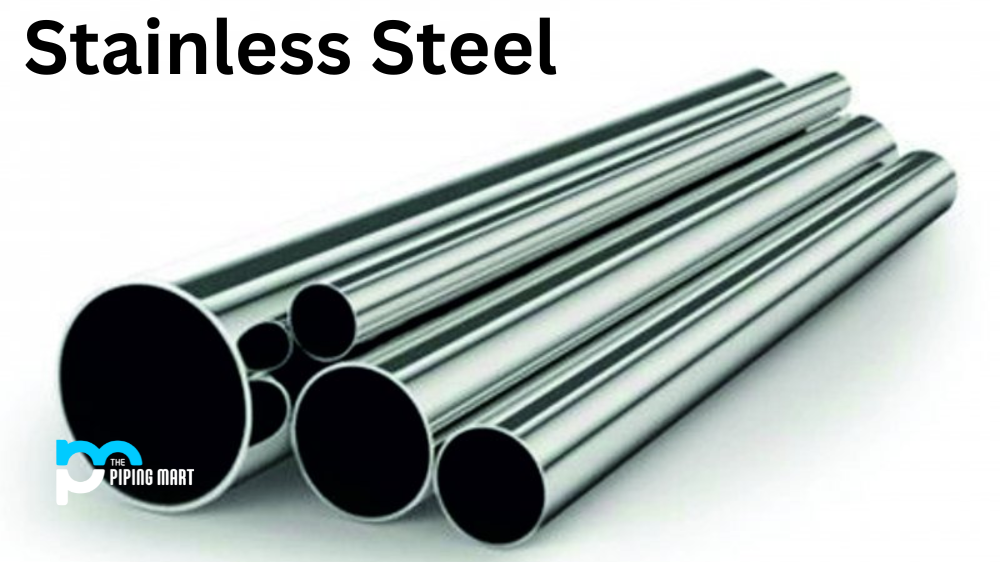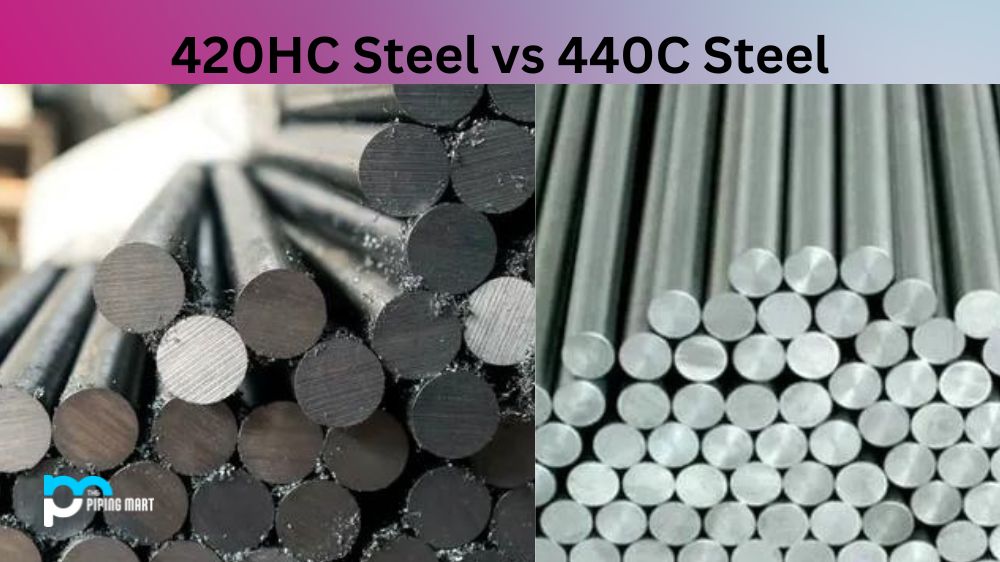Stainless steel is one of the most popular materials in the modern world. It is used in various industries, from construction to manufacturing to telecommunications. But do you know what gives stainless steel its unique properties? One of the main components is chromium, which plays a crucial role in this amazing metal’s corrosion resistance and shine. In this blog post, we will explore the role of chromium in stainless steel and how it helps make this material so versatile and durable.
What is Chromium?
Chromium is a metallic element that is commonly found in nature. It has a silvery-grey color, and it is hard and brittle. When used correctly, though, chromium can transform other metals into something remarkable. One of its main characteristics is its ability to resist corrosion. This is what makes it an essential element in stainless steel.
Chromium is a chemical element with the symbol Cr and atomic number 24. It is a highly versatile metal with numerous industrial, nutritional, and biological applications. At room temperature, chromium exists in two common forms: hexavalent chromium (Cr6+) and trivalent chromium (Cr3+). Both forms are essential for various processes in our bodies and the environment.
One of the most significant uses of chromium is in producing stainless steel. With its high resistance to corrosion and ability to withstand extreme temperatures, it is an indispensable element in manufacturing kitchen appliances, medical equipment, vehicles, construction materials, and other crucial products.
Moreover, chromium also plays an essential role in our diet as a trace mineral that helps regulate blood sugar levels by improving insulin sensitivity. It also aids in maintaining healthy cholesterol levels while contributing to insulin-binding activity.
What is Stainless Steel?
Stainless steel is a type of steel that contains at least 10.5% chromium. It also contains other metals, such as nickel and molybdenum. The chromium in stainless steel forms an invisible layer of chromium oxide on the surface, which protects the metal underneath from corrosion. This layer is self-healing, meaning it will reform and continue to protect the metal if it is scratched or damaged.
Stainless steel is an alloy that contains at least 10.5% chromium, making it resistant to corrosion and staining. It also has high tensile strength and low thermal conductivity, making it versatile in various industries such as construction, automotive, and medical.
But what sets stainless steel apart from other alloys? Its composition gives it unique properties that make it ideal for different applications. For starters, the chromium content creates an invisible layer of protection on the surface of the metal, preventing rusting and damage from exposure to water or air. This makes stainless steel highly durable and long-lasting.
Not only is stainless steel resilient against environmental factors, but it also has excellent mechanical properties. It can withstand extreme temperatures without losing strength or structure, making it suitable for use in hot and cold environments. Its high strength-to-weight ratio allows for lighter yet stronger structures in buildings and transportation.
How does Chromium Affect Corrosion Resistance?
Chromium is the key element that makes stainless steel resistant to corrosion. It reacts with oxygen in the air to form a stable layer of chromium oxide. This layer is tightly bonded to the metal underneath, which prevents corrosion from taking place. The layer also has a very smooth finish, making it difficult for bacteria and other microbes to adhere to. This is why stainless steel is popular in the food and medical industries.
How does Chromium Affect Shine?
As well as providing corrosion resistance, the chromium in stainless steel also gives it a shiny, lustrous appearance. The surface of stainless steel is very smooth, which makes it highly reflective. The chromium oxide layer is also transparent, making the surface bright and reflective. This is why stainless steel is often used in decorative applications, such as architecture, interior design and jewelry.
Summary:
In conclusion, the role of chromium in stainless steel cannot be overstated. This amazing material is the key element that makes it versatile, durable and beautiful. The chromium provides corrosion resistance that helps to protect the metal from damage while also giving stainless steel its unique shine and reflectivity. Whether you are looking for a material for construction, design, or any other application, stainless steel with all the benefits of chromium is an excellent choice, thanks to the role of chromium in stainless steel.
Conclusion:
There you have it, the role of chromium in stainless steel. Its ability to resist corrosion and provide shine has made this incredible material a favorite across a wide range of industries and applications. Now that you understand the importance of chromium in stainless steel, you can make informed decisions about using this material in your next project. Whether for its strength, durability, or beauty, you can rest assured that stainless steel with all the benefits of chromium will be an excellent choice.

Pipingmart is a B2B portal that specializes in metal, industrial and piping items. Additionally, we share the latest information and information about materials, products and various types of grades to assist businesses that are involved in this business.




